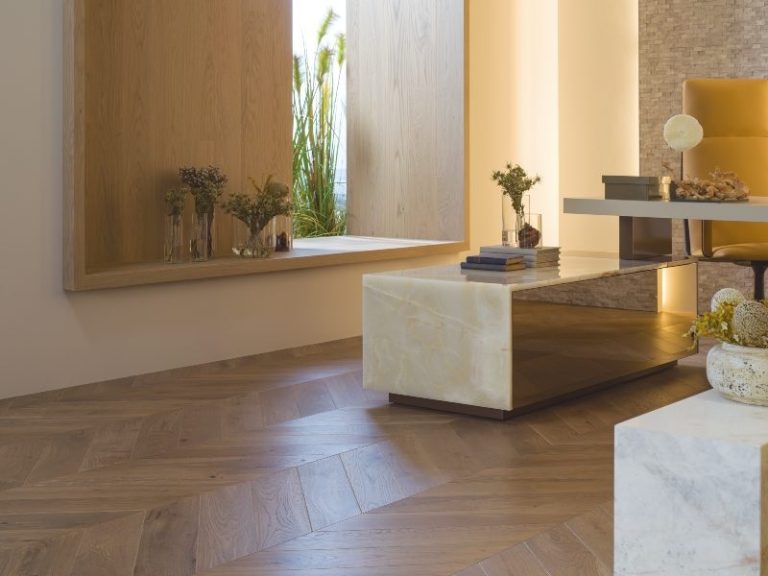The need for environmentally responsible and sustainable pool design solutions has resulted in an increase in interest in natural filtration systems in recent years. These systems may greatly minimise the use of chemicals, foster environmental harmony, and produce visually beautiful landscapes by purifying water via biological and physical processes. The two most often used methods, built wetlands and biofiltration, both stress a natural approach to keeping swimming pool water clear and clean.
Gratitude Bioseparation
By using microorganisms to break down contaminants in water, a procedure known as biofiltration successfully maintains a clean pool without the need for harsh chemicals. A biological filter made of layers of sand, gravel, and organic materials like compost and peat is often used into this system. Beneficial bacteria flourish as water moves through these layers, eating away at pollutants, minerals, and algae to organically cleanse the water. Incorporating biofiltration into pool design minimises the need for chlorine and lowers the risk of skin irritation and other health problems linked to chemically laden settings.
The Advantages of Man-made Wetlands
Another technique that’s becoming popular in sustainable pool designs austin is constructed wetlands. These systems imitate the wetlands’ natural filtering mechanisms, which use the interaction of sedimentation, microbial activity, and plant absorption to purify water. To aid in the filtering process in these pools, a variety of native wetland plants and certain landscaping strategies may be used. The plants serve as a haven for helpful microbes while also absorbing nutrients and pollutants. An artificial wetland’s visual appeal improves biodiversity and creates an environment that is favourable for animals in addition to beautifying the pool area.
Benefits to the Environment and Economy
One major environmental advantage of incorporating natural filtration systems into pool designs is the decrease in chemical runoff. Hazardous chemicals from conventional pools often seep into the nearby land and rivers. On the other hand, wetlands and biofiltration enhance water quality while reducing the ecological impact of swimming pools. Long-term cost reductions are another benefit of these systems. Over time, pool owners may experience cheaper expenses and maintenance costs by reducing the need of chemical treatments and increasing energy efficiency via natural filtration.
A Future-Proof Sustainable Option
The need for sustainable options in pool designs is highlighted by the rising concern about chemical usage and water quality. The market for natural filtration systems is projected to grow as customers become more ecologically concerned. Such approaches will be easier to implement as a result of growing educational resources and technological advancements. It is recommended that pool designers and builders consider the integration of biofiltration and artificial wetlands as feasible alternatives in their designs, since this will eventually conform to contemporary sustainability standards.










+ There are no comments
Add yours